Our 2019 Audubon heroes
By Ilana DeBare
It wasn’t hard deciding on the 2019 winners of our annual conservation and environmental education awards.
What was hard was was figuring out how to give them the awards.
Golden Gate Bird Alliance isn’t an organization that holds black-tie award dinners in glitzy hotel ballrooms. And our two winners—Dan Richman and Eileen Richey—are more likely to be found outdoors in nature than inside ballrooms.
So we took the awards to them—in a meadow at Golden Gate Park, where they were participating in a nest box monitoring work day!
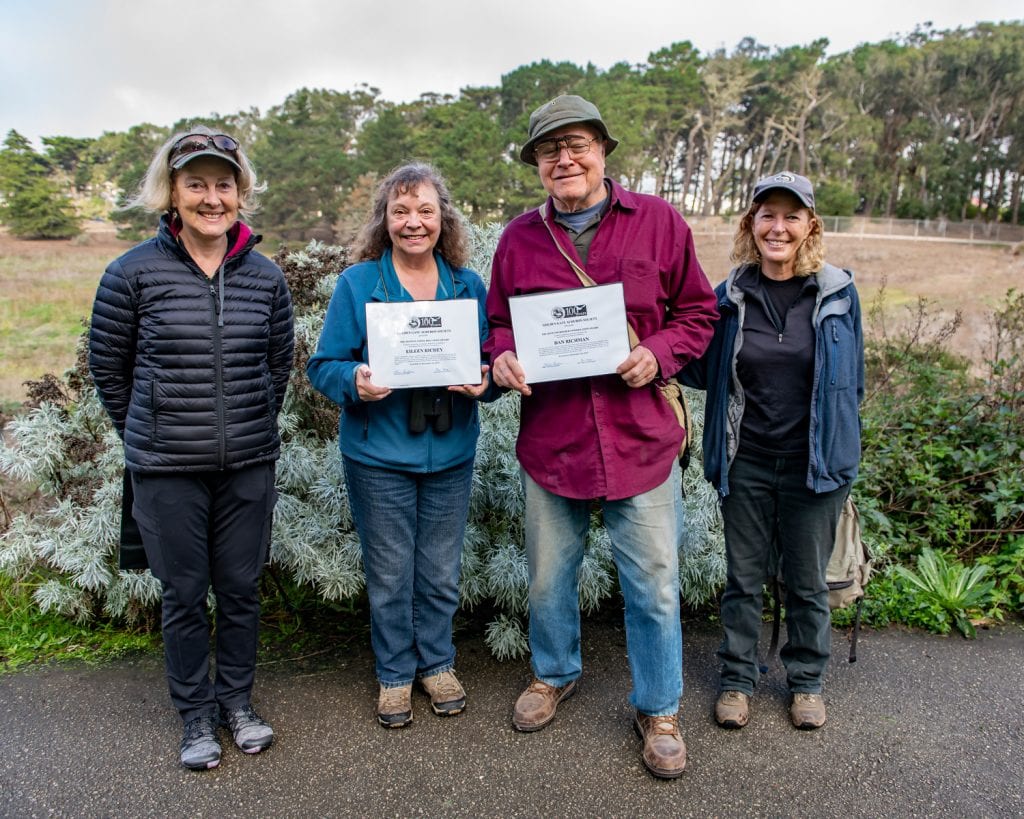 Eileen Richey and Dan Richman hold their awards, with GGBA Executive Director Pam Young and Volunteer Director Noreen Weeden
Eileen Richey and Dan Richman hold their awards, with GGBA Executive Director Pam Young and Volunteer Director Noreen Weeden
Last weekend, near Western Bluebird and Tree Swallow boxes at the Bison Paddock, GGBA Executive Director Pam Young presented Dan with our Elsie Roemer Conservation Award and Eileen with our Paul Covel Environmental Education Award.
“Dan and Eileen embody the spirit and passion for nature that all our GGBA members admire,” said Pam. “Their years of commitment to invaluable behind-the-scenes work help make Golden Gate Park an even more welcoming place for wildlife.”
For ten years, Eileen has been training GGBA volunteers to use Cornell’s nest watch protocols and collect data on the Tree Swallow and Western Bluebird nest boxes in Golden Gate Park. She then compiled the data into a report that we share with the volunteers and use to make recommendations to SF Rec and Park for improvements. (Click here for a story and more photos about that!)
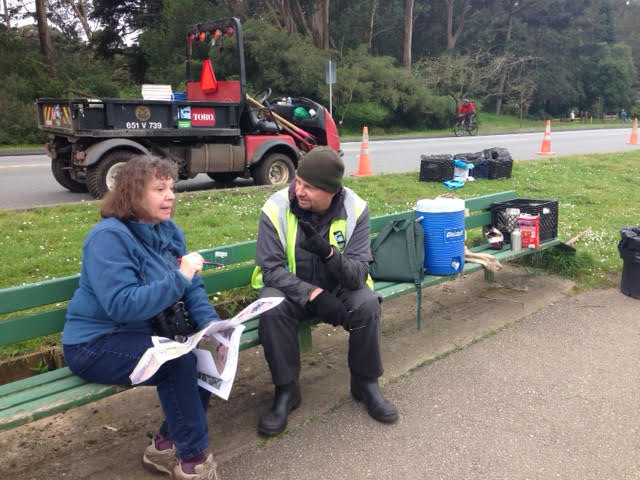 Eileen Richey confers with Rec & Park staff over placement of nest boxes in 2017.
Eileen Richey confers with Rec & Park staff over placement of nest boxes in 2017.
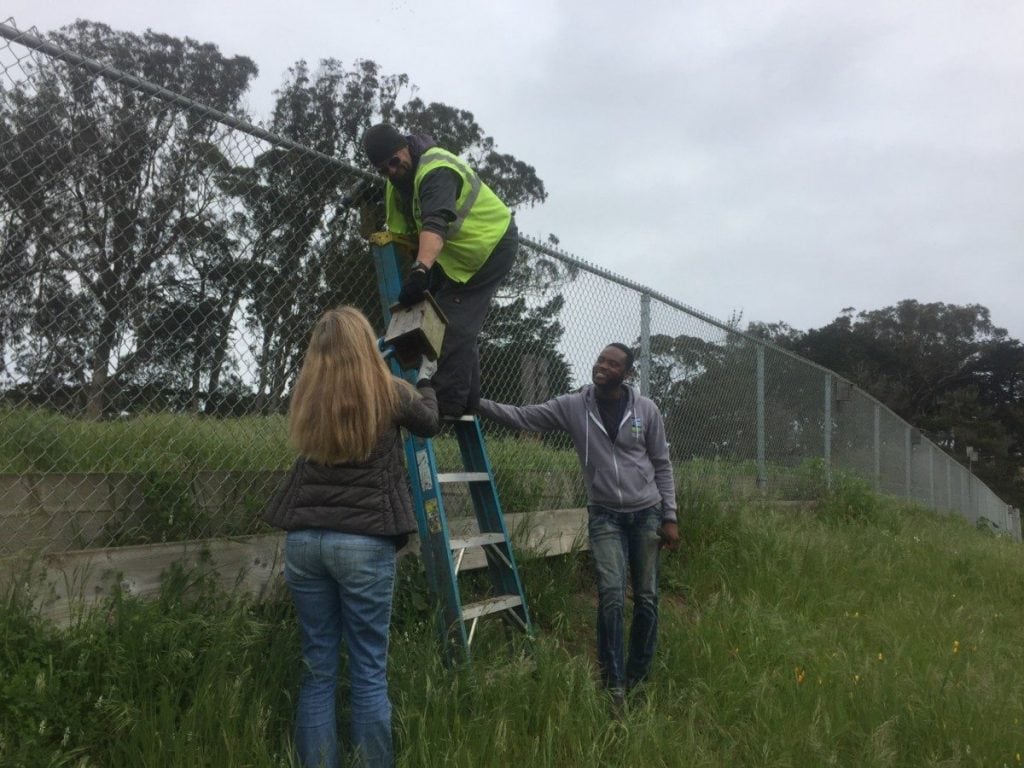 Volunteers trained by Eileen install nest boxes in 2017 at the Bison Paddock.
Volunteers trained by Eileen install nest boxes in 2017 at the Bison Paddock.
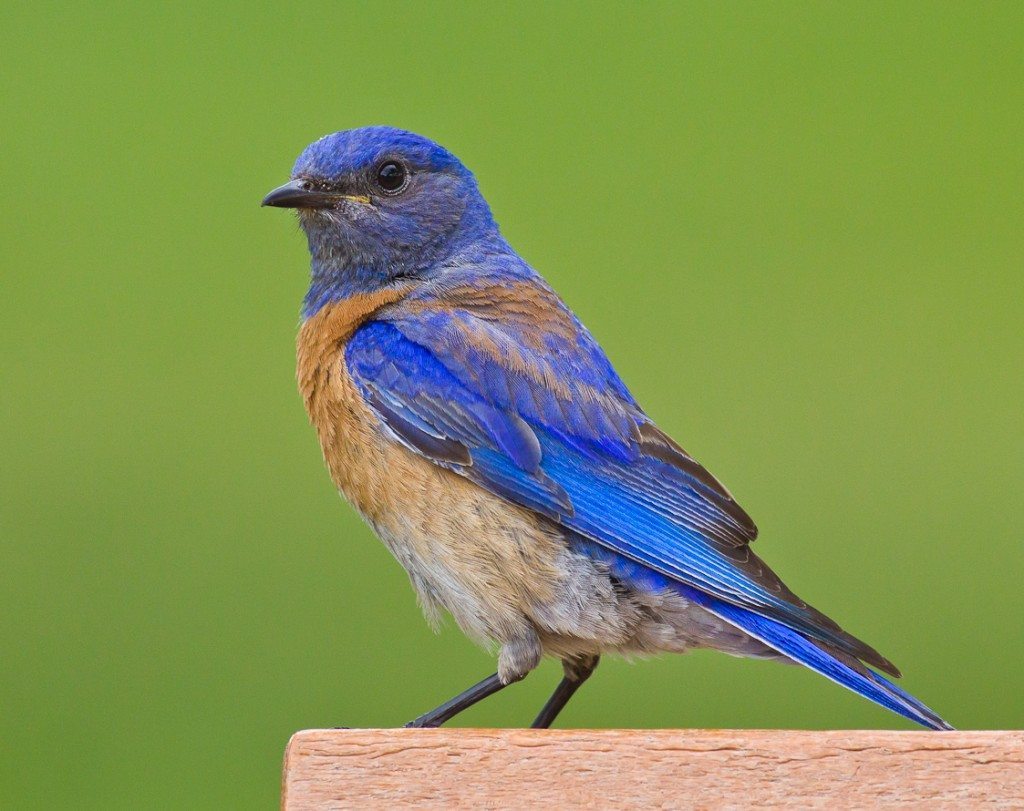 Male Western Bluebird by Allen Hirsch
Male Western Bluebird by Allen Hirsch
Dan has been a volunteer on our San Francisco Conservation Committee for over 15 years. He’s used his skills as a general contractor to build a variety of nest boxes, including some installed at Stow Lake in Golden gate Park. (Click here for more about that!) Dan has assembled kits for other volunteers to make nest boxes and fishing line recycling containers. He is also a write who’s updated our Inviting Wildlife into Your Backyard brochure and the Almanac for Gardeners, used by SF Rec and Park gardeners to be aware of bird activities throughout the year.
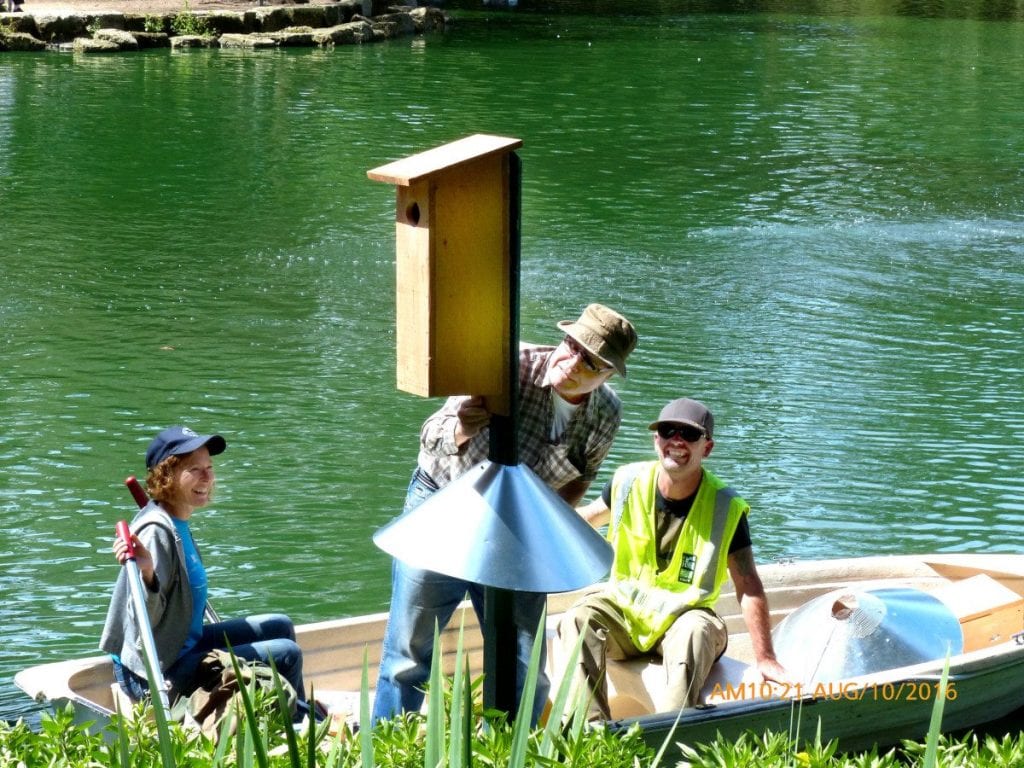 Dan Richman installing a Wood Duck nest box at Stow Lake in 2016. Photo by Lee Karney
Dan Richman installing a Wood Duck nest box at Stow Lake in 2016. Photo by Lee Karney
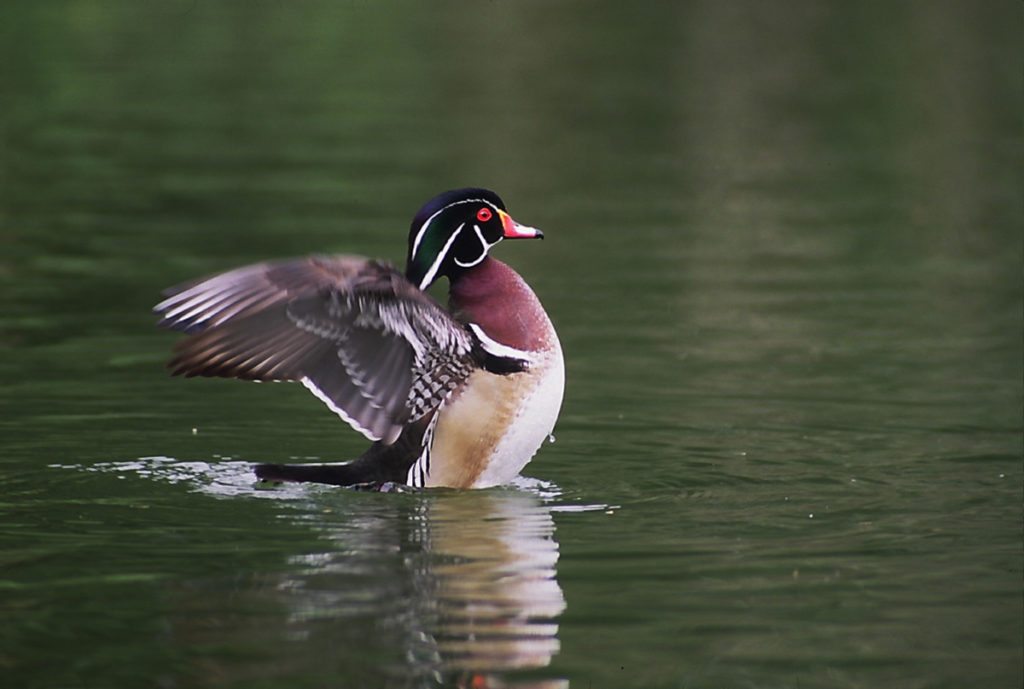 Male Wood Duck at Stow Lake / Photo by Alan Hopkins
Male Wood Duck at Stow Lake / Photo by Alan Hopkins
Thank you, Dan and Eileen!

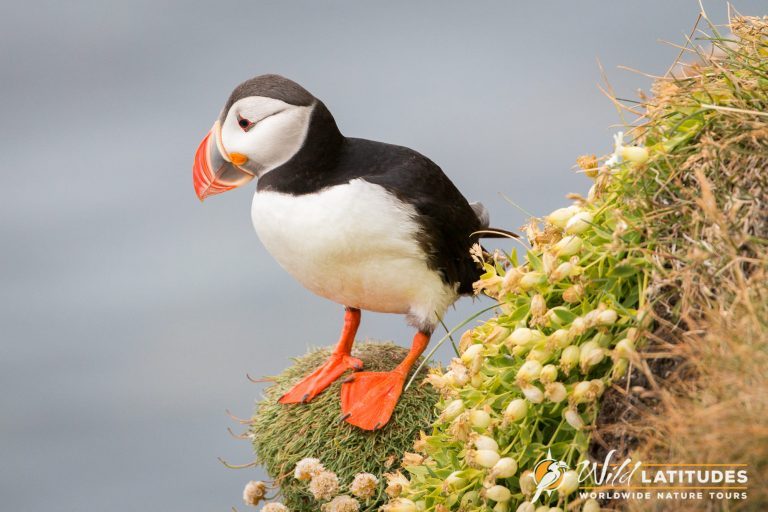
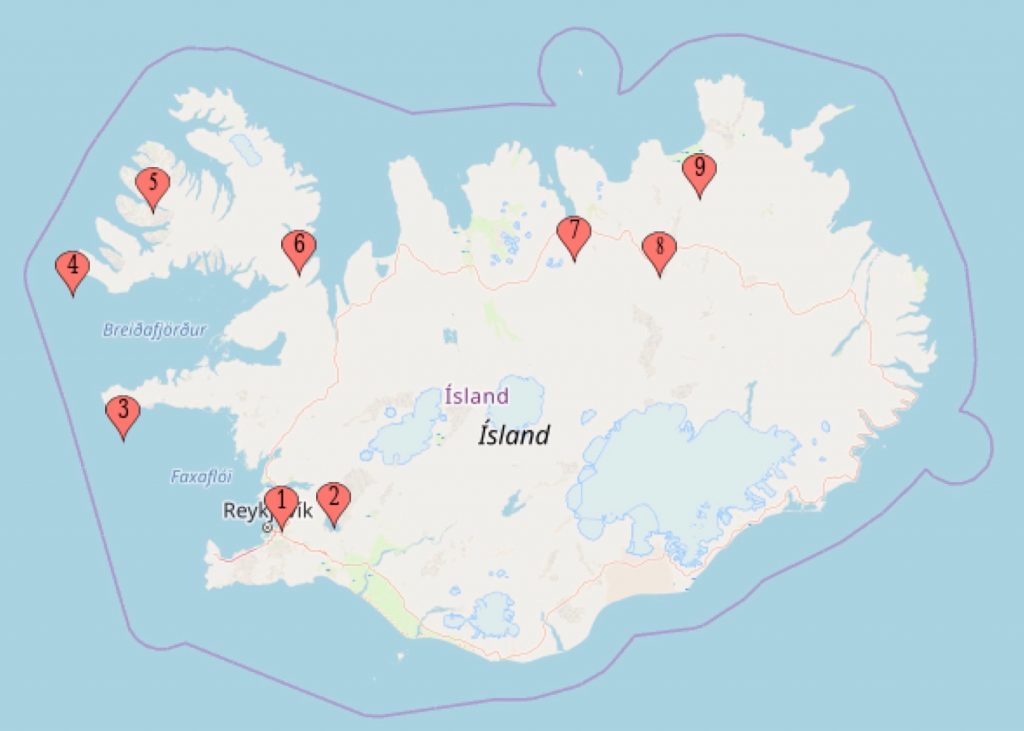 Approximate locations of places visited: 1-Reykjavik. 2-Thingvellir. 3-Snaefellsnes Peninsula. 4-Latrabarg. 5-Isafjordur. 6-Heydalur. 7-Akureyri. 8-Lake Myvatn. 9-Asbyrgi Canyon.
Approximate locations of places visited: 1-Reykjavik. 2-Thingvellir. 3-Snaefellsnes Peninsula. 4-Latrabarg. 5-Isafjordur. 6-Heydalur. 7-Akureyri. 8-Lake Myvatn. 9-Asbyrgi Canyon.
 Gullfoss waterfall by Steve Price
Gullfoss waterfall by Steve Price

 Vaux’s Swifts enter a chimney at McNear Brickyard / Photo by Michael Helm
Vaux’s Swifts enter a chimney at McNear Brickyard / Photo by Michael Helm
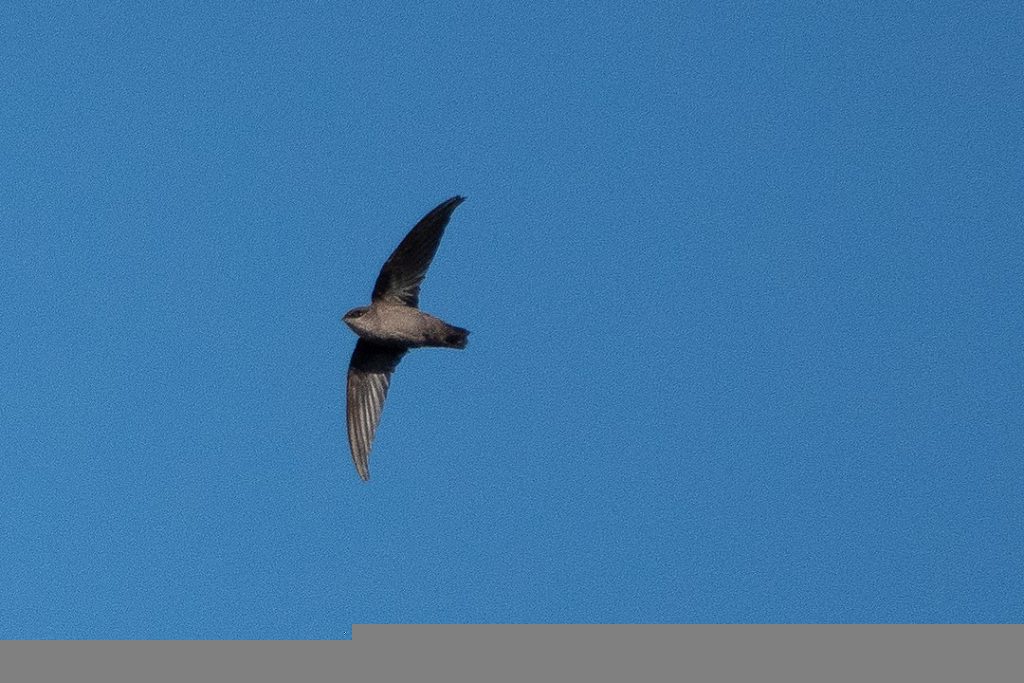 Vaux’s Swift / Photo by Bettina Arrigoni
Vaux’s Swift / Photo by Bettina Arrigoni
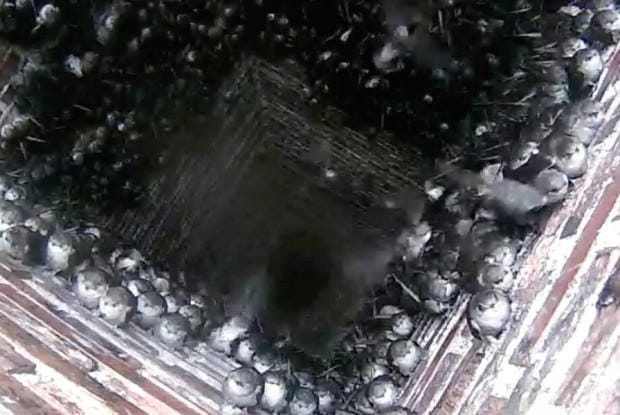 Swifts roosting en masse in a Washington state chimney / Photo courtesy of Larry Schwitters
Swifts roosting en masse in a Washington state chimney / Photo courtesy of Larry Schwitters
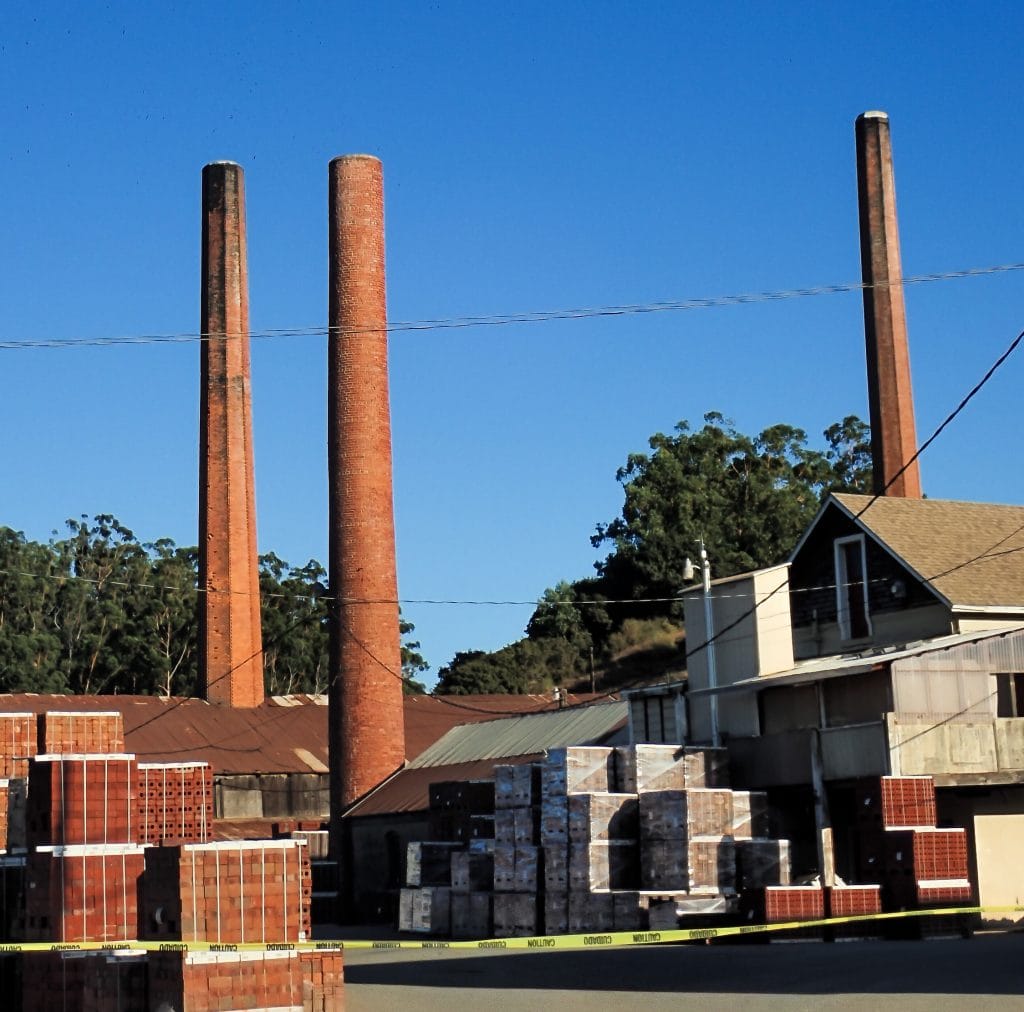 McNear Brickyard / Photo by Michael Helm
McNear Brickyard / Photo by Michael Helm
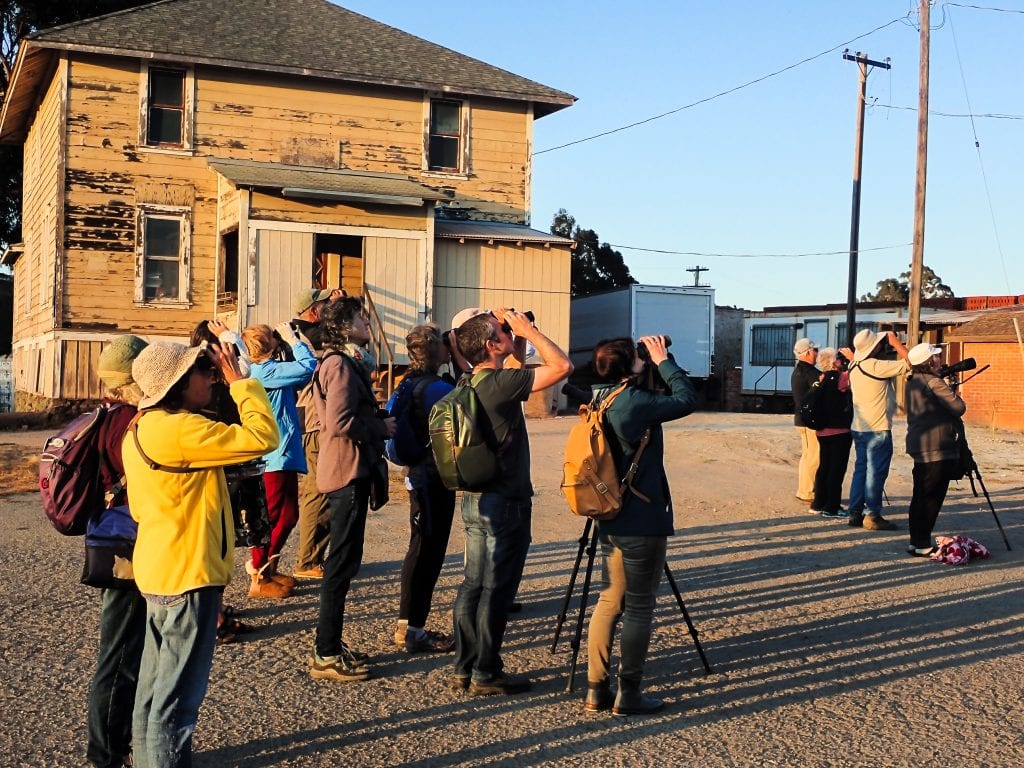 Looking for swifts as sunset approaches / Photo by Michael Helm
Looking for swifts as sunset approaches / Photo by Michael Helm

 It took a truck plus carts to bring the owl box supplies / Photo by Mary Malec
It took a truck plus carts to bring the owl box supplies / Photo by Mary Malec
 Dan Richman prepares the owl box work area / Photo by Janet Carpinelli
Dan Richman prepares the owl box work area / Photo by Janet Carpinelli

 Audubon leaders with 1951 Coffee students / Photo by Cynthia Zhou
Audubon leaders with 1951 Coffee students / Photo by Cynthia Zhou
 A new Bay Area resident who is also a new birder / Photo by Cynthia Zhou
A new Bay Area resident who is also a new birder / Photo by Cynthia Zhou
 Birding with 1951 Coffee students / Photo by Dan Roth
Birding with 1951 Coffee students / Photo by Dan Roth
 Cynthia Zhou and her pigeon greet the 1951 birders / Photo by Dan Roth
Cynthia Zhou and her pigeon greet the 1951 birders / Photo by Dan Roth
 Clay orients the participants / Photo by Dan Roth
Clay orients the participants / Photo by Dan Roth